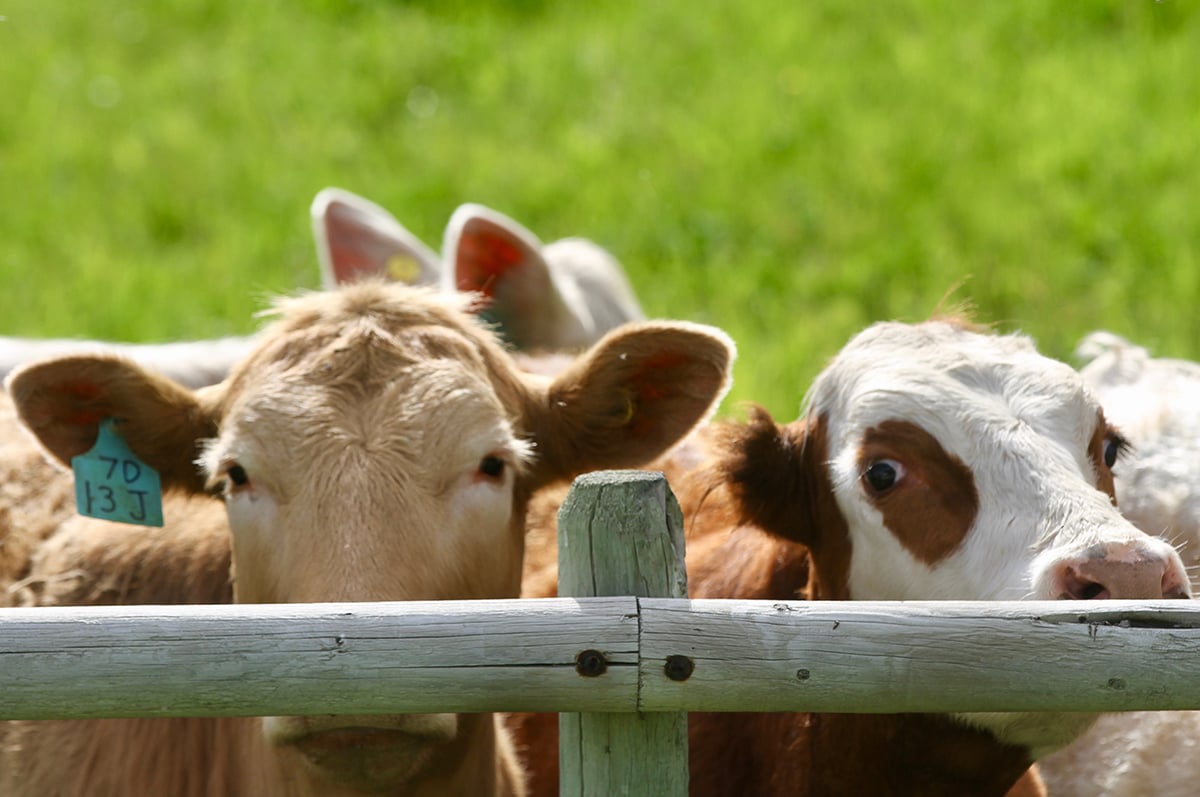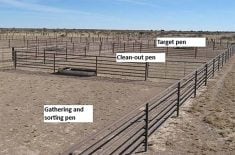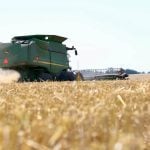RED DEER, Alta. – Triticale, a man-made grain grown all over the world, is proving to have more uses than good silage.
It measures up well as a feed grain for chickens and hogs, makes good heavy bread and most recently was seen as a beer named Rock Rabbit at an international triticale symposium in Red Deer. The beer was made from malted Pika triticale and the special dark brew may start appearing on liquor stores shelves.
About 40,000 hectares are grown in Western Canada where the cross between rye and wheat is used for silage.
Read Also

Feeder market consolidates at historic highs
For the week ending Sept. 6, Western Canadian feeder cattle markets were relatively unchanged compared to seven days earlier.
However it could be a good alternative grain for feedlots who rely on thousands of tonnes of barley each year.
Triticale rotated with barley can break the disease cycle because it is attacked by different pathogens, said plant breeder Don Salmon of Agriculture Canada’s field crop development centre at Lacombe, Alta.
“Usually triticales are very tolerant,” he said.
Feed tests have shown animals gain well on the grain and in fact, may eat more of it because they find it tasty.
Salmon sees a good future for triticale in the dryland areas of eastern Saskatchewan and western Manitoba where there are more hog barns being built.
“As pigs are increasing all over the Prairies, there could be a deficit in feed, and triticale provides another alternative that can be grown in really dry conditions.”
Triticale is processed the same way as feed barley and doesn’t require additives to improve digestibility.
Worldwide triticale is cultivated on 2.5 million hectares and is used for food for people and animals.
This crop was first seen as a natural cross in wheat and rye fields in the late 19th century, but only in the last 45 years has it received much attention. The first variety was released in the late 1960s and since then, considerable work has been done.
Treated as a novelty in the beginning, researchers found the first plants were sterile. A chemical additive altered the chromosome structure and they were able to reproduce the seed.
It can be grown successfully as a spring or fall-seeded crop.
As human food in the specialty markets it can be used for flatbread, pitas and heavy breads. It has less gluten than wheat so it doesn’t produce the fluffy white bread North Americans prefer.
While triticale tends to grow quite tall, newer registered varieties are shorter and still provide enough leafy material to make it good silage.















